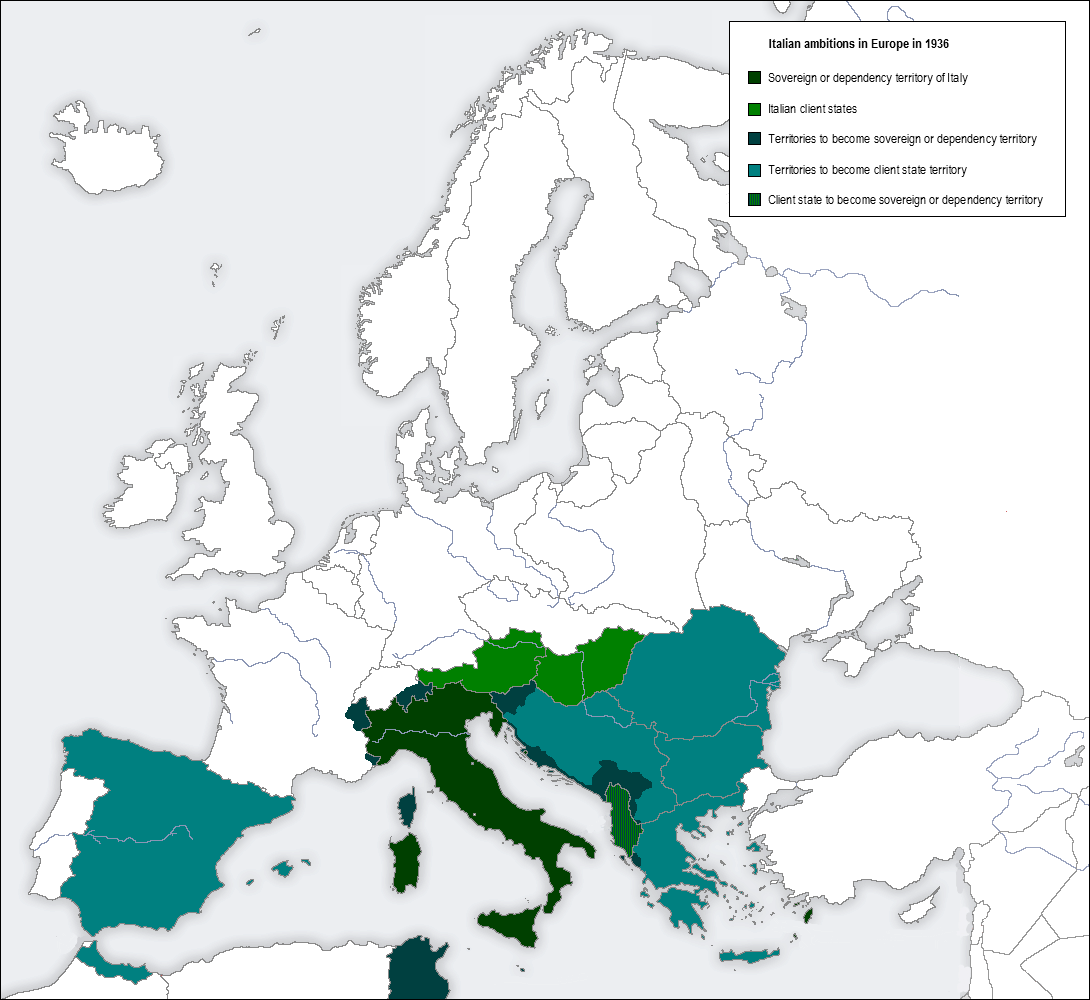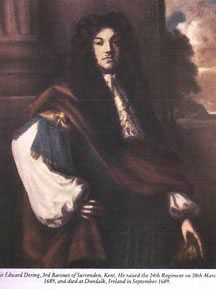|
Wales In The World Wars
Wales, as part of the United Kingdom, participated as part of the Allies of World War I, allies in World War I (1914–1918) and the Allies of World War II, allies in World War II (1939–1945). Just under 275,000 soldiers from Wales fought in World War I, with 35,000 combat deaths, in particular at Mametz Wood Memorial, Mametz Wood and Battle of Passchendaele, Passchendaele. Welsh battalions also had other encounters on the Western Front (World War I), Western, Siege of Tsingtao, Tsingtao and Gallipoli campaign, Gallipoli fronts during the war. Frongoch, in Merionethshire, was the site of a Frongoch internment camp, World War I internment camp, initially housing German Empire, German prisoners of war, but later Irish republicans after the Easter Rising. In World War II, 15,000 soldiers from Wales were killed, with notable regiments such as the Royal Welch Fusiliers, had battled in the Western Front (World War II), Western and South-East Asian theatre of World War II, south-eas ... [...More Info...] [...Related Items...] OR: [Wikipedia] [Google] [Baidu] |
Frongoch Internment Camp
Frongoch internment camp at Frongoch in Merionethshire, Wales was a makeshift place of imprisonment during the First World War and the 1916 Easter Rising. History 1916 the camp housed German prisoners of war in a yellow distillery and crude huts, but in the wake of the 1916 Easter Rising in Dublin, Ireland, the German prisoners were moved and it was used as an internment camp for approximately 1,800 Irish republicans, among them such notables as Michael Collins, who were accorded the status of prisoners of war. Among the prisoners were the future Hollywood actor Arthur Shields and sportsman and referee Tom Burke. It is a common misconception that Éamon de Valera was also imprisoned at Frongoch. The camp became a breeding ground for the guerillas of the Irish rebels, with inspired organisers such as Michael Collins giving impromptu lessons in guerrilla tactics. Later the camp became known as ''ollscoil na réabhlóide'', the "University of Revolution". Lord Decies was ap ... [...More Info...] [...Related Items...] OR: [Wikipedia] [Google] [Baidu] |
Swansea Blitz
The Swansea Blitz was the heavy and sustained bombing of Swansea by the German ''Luftwaffe'' from 19 to 21 February 1941. A total of 230 people were killed and 397 were injured. Swansea was selected by the Germans as a legitimate strategic target due to its importance as a port and docks and the oil refinery just beyond, and its destruction was key to Nazi German war efforts as part of their strategic bombing campaign aimed at crippling coal export and demoralizing civilians and emergency services. PRA planning With the passing of the Air Raid Precaution Act of 1937, Swansea Council was responsible for instigating civil defence measures to protect the local population of 167,000 people. The local authority looked into building communal air raid shelters and setting up the necessary rescue and fire services. With the threat of war with Germany growing towards the end of the 1930s, Swansea council had built over 500 communal air raid shelters as well as providing Anderson she ... [...More Info...] [...Related Items...] OR: [Wikipedia] [Google] [Baidu] |
Cardiff Blitz
The Cardiff Blitz ( cy, Blitz Caerdydd); refers to the bombing of Cardiff Cardiff (; cy, Caerdydd ) is the capital city, capital and List of urban areas in the United Kingdom, largest city of Wales. It forms a Principal areas of Wales, principal area, officially known as the City and County of Cardiff ( cy, Dinas a ..., Wales during World War II. Between 1940 and the final raid on the city in March 1944 approximately 2,100 bombs fell, killing 355 people. Cardiff Docks became a Strategic bombing during World War II, strategic bombing target for Nazi German, German ''Luftwaffe'' (the Nazi German air force) as it was one of the biggest coal ports in the world. Consequently, it and the surrounding area were The Blitz, heavily bombed. Llandaff Cathedral, amongst many other civilian buildings caught in the raids, was damaged by the bombing in 1941. Bombing raids 1940–41 During 1940 the ''Luftwaffe'' targeted Cardiff on 3, 10 and 12 July and 7 August. This was followed in ... [...More Info...] [...Related Items...] OR: [Wikipedia] [Google] [Baidu] |
Normandy Landings
The Normandy landings were the landing operations and associated airborne operations on Tuesday, 6 June 1944 of the Allied invasion of Normandy in Operation Overlord during World War II. Codenamed Operation Neptune and often referred to as D-Day, it was the largest seaborne invasion in history. The operation began the liberation of France (and later western Europe) and laid the foundations of the Allied victory on the Western Front. Planning for the operation began in 1943. In the months leading up to the invasion, the Allies conducted a substantial military deception, codenamed Operation Bodyguard, to mislead the Germans as to the date and location of the main Allied landings. The weather on D-Day was far from ideal, and the operation had to be delayed 24 hours; a further postponement would have meant a delay of at least two weeks, as the invasion planners had requirements for the phase of the moon, the tides, and the time of day that meant only a few days each month w ... [...More Info...] [...Related Items...] OR: [Wikipedia] [Google] [Baidu] |
Mediterranean And Middle East Theatre Of World War II
The Mediterranean and Middle East Theatre was a major theatre of operations during the Second World War. The vast size of the Mediterranean and Middle East theatre saw interconnected naval, land, and air campaigns fought for control of the Mediterranean, North Africa, the Horn of Africa, the Middle East and Southern Europe. The fighting in this theatre lasted from 10 June 1940, when Italy entered the war on the side of Germany, until 2 May 1945 when all Axis forces in Italy surrendered. However, fighting would continue in Greece – where British troops had been dispatched to aid the Greek government – during the early stages of the Greek Civil War. The British referred to this theatre as the Mediterranean and Middle East Theatre (so called due to the location of the fighting and the name of Middle East Command), the Americans called it the Mediterranean Theater of War and the German informal official history of the fighting is The Mediterranean, South-East Europe, and North ... [...More Info...] [...Related Items...] OR: [Wikipedia] [Google] [Baidu] |
South Wales Borderers
The South Wales Borderers was a line infantry regiment of the British Army in existence for 280 years. It came into existence in England in 1689, as Sir Edward Dering's Regiment of Foot, and afterwards had a variety of names and headquarters. In 1782, it became the 24th Regiment of Foot, and had its depot in Warwickshire. Based at Brecon from 1873, the regiment recruited from the border counties of Brecknockshire, Monmouthshire, and Herefordshire. It was not called the South Wales Borderers until the Childers Reforms of 1881. The regiment served in a great many conflicts, including the American War of Independence, various conflicts in India, the Zulu War, Second Boer War, and World War I and World War II. In 1969 the regiment was amalgamated with the Welch Regiment to form the Royal Regiment of Wales. History Early history The regiment was formed by Sir Edward Dering, 3rd Baronet as Sir Edward Dering's Regiment of Foot in 1689, becoming known, like other regiments, ... [...More Info...] [...Related Items...] OR: [Wikipedia] [Google] [Baidu] |
South-East Asian Theatre Of World War II
The South-East Asian Theatre of World War II consisted of the campaigns of the Pacific War in the Philippines, Thailand, Indonesia, Indochina, Burma, India, Malaya and Singapore between 1941 to 1945. Japan attacked British and American territories with near-simultaneous offensives against Southeast Asia and the Central Pacific on 7/8 December 1941. Action in this theatre ended when Japan announced an intent to surrender on 15 August 1945. The formal surrender of Japan ceremony took place on 2 September 1945. Outbreak of hostilities Conflict in this theatre began when the Empire of Japan invaded French Indochina in September 1940 and rose to a new level following the Attack on Pearl Harbor, and simultaneous attacks on Hong Kong, the Philippines, Thailand, Singapore and Malaya on 7 and 8 December 1941. The main landing at Singora (now Songkhla) on the east side of the Isthmus of Kra preceded the bombing of Pearl Harbor by several hours. Although Japan declared war on th ... [...More Info...] [...Related Items...] OR: [Wikipedia] [Google] [Baidu] |
Western Front (World War II)
The Western Front was a European theatre of World War II, military theatre of World War II encompassing Denmark, Norway, Luxembourg, Belgium, Netherlands, the Netherlands, the United Kingdom, France, and Germany. The Italian campaign (World War II), Italian front is considered a separate but related theater. The Western Front's 1944-1945 phase was officially deemed the European Theater of Operations, United States Army, European Theater by the United States, whereas Italy fell under the Mediterranean Theater of Operations, United States Army, Mediterranean Theater along with North Africa. The Western Front was marked by two phases of large-scale combat operations. The first phase saw the capitulation of Luxembourg, Netherlands, Belgium, and France during May and June 1940 after their defeat in the Low Countries and the northern half of France, and continued into an air war between Germany and Britain that climaxed with the Battle of Britain. The second phase consisted of large- ... [...More Info...] [...Related Items...] OR: [Wikipedia] [Google] [Baidu] |
Royal Welch Fusiliers
The Royal Welch Fusiliers ( cy, Ffiwsilwyr Brenhinol Cymreig) was a line infantry regiment of the British Army, and part of the Prince of Wales' Division, that was founded in 1689; shortly after the Glorious Revolution. In 1702, it was designated a fusilier regiment and became the Welch Regiment of Fusiliers; the prefix "Royal" was added in 1713, then confirmed in 1714 when George I named it the Prince of Wales's Own Royal Regiment of Welsh Fusiliers. In 1751, after reforms that standardised the naming and numbering of regiments, it became the 23rd Regiment of Foot (Royal Welsh Fuzileers). In 1881, the final title of the regiment was adopted. It retained the archaic spelling of ''Welch'', instead of ''Welsh'', and ''Fuzileers'' for ''Fusiliers''; these were engraved on swords carried by regimental officers during the Napoleonic Wars. After the 1881 Childers Reforms, normal spelling was used officially, but "Welch" continued to be used informally until restored in 1920 by Army O ... [...More Info...] [...Related Items...] OR: [Wikipedia] [Google] [Baidu] |
Easter Rising
The Easter Rising ( ga, Éirí Amach na Cásca), also known as the Easter Rebellion, was an armed insurrection in Ireland during Easter Week in April 1916. The Rising was launched by Irish republicans against British rule in Ireland with the aim of establishing an independent Irish Republic while the United Kingdom was fighting the First World War. It was the most significant uprising in Ireland since the rebellion of 1798 and the first armed conflict of the Irish revolutionary period. Sixteen of the Rising's leaders were executed from May 1916. The nature of the executions, and subsequent political developments, ultimately contributed to an increase in popular support for Irish independence. Organised by a seven-man Military Council of the Irish Republican Brotherhood, the Rising began on Easter Monday, 24 April 1916 and lasted for six days. Members of the Irish Volunteers, led by schoolmaster and Irish language activist Patrick Pearse, joined by the smaller Irish C ... [...More Info...] [...Related Items...] OR: [Wikipedia] [Google] [Baidu] |






